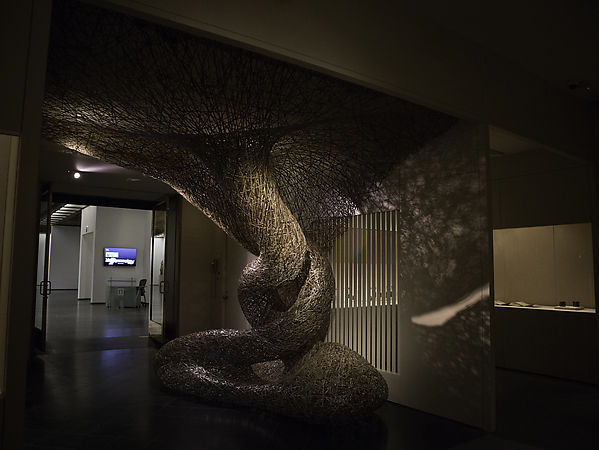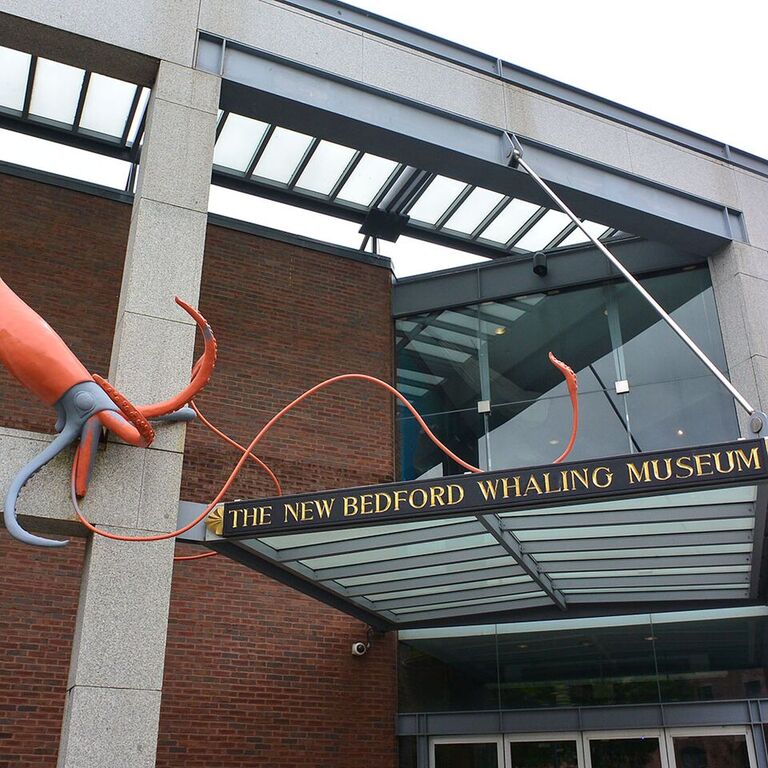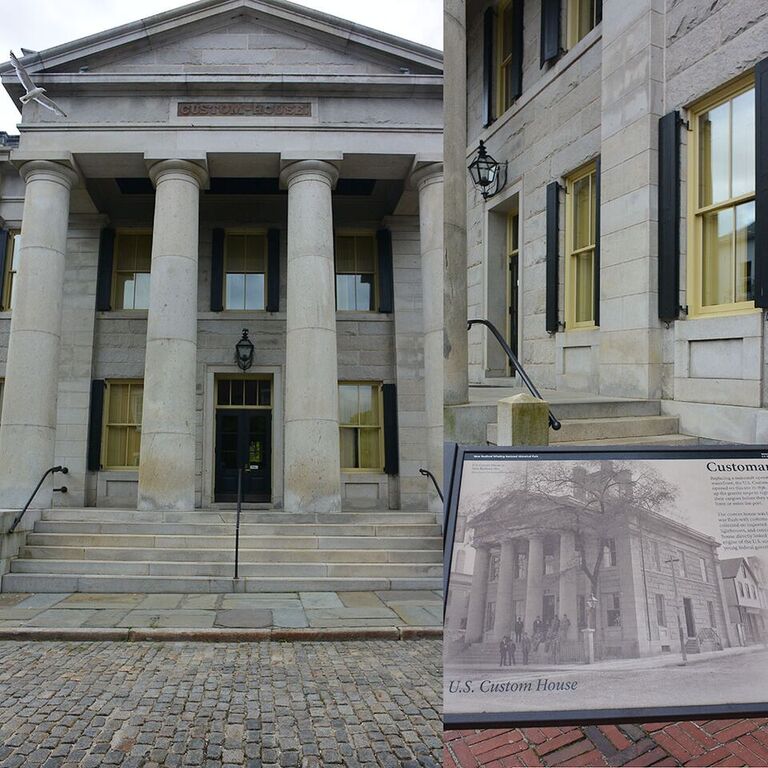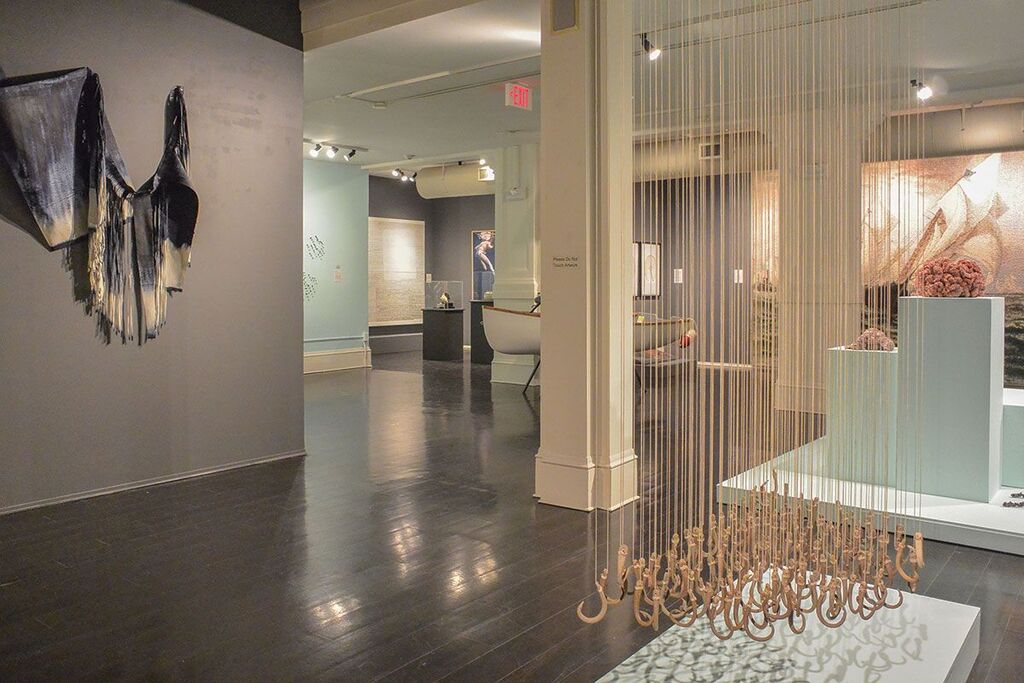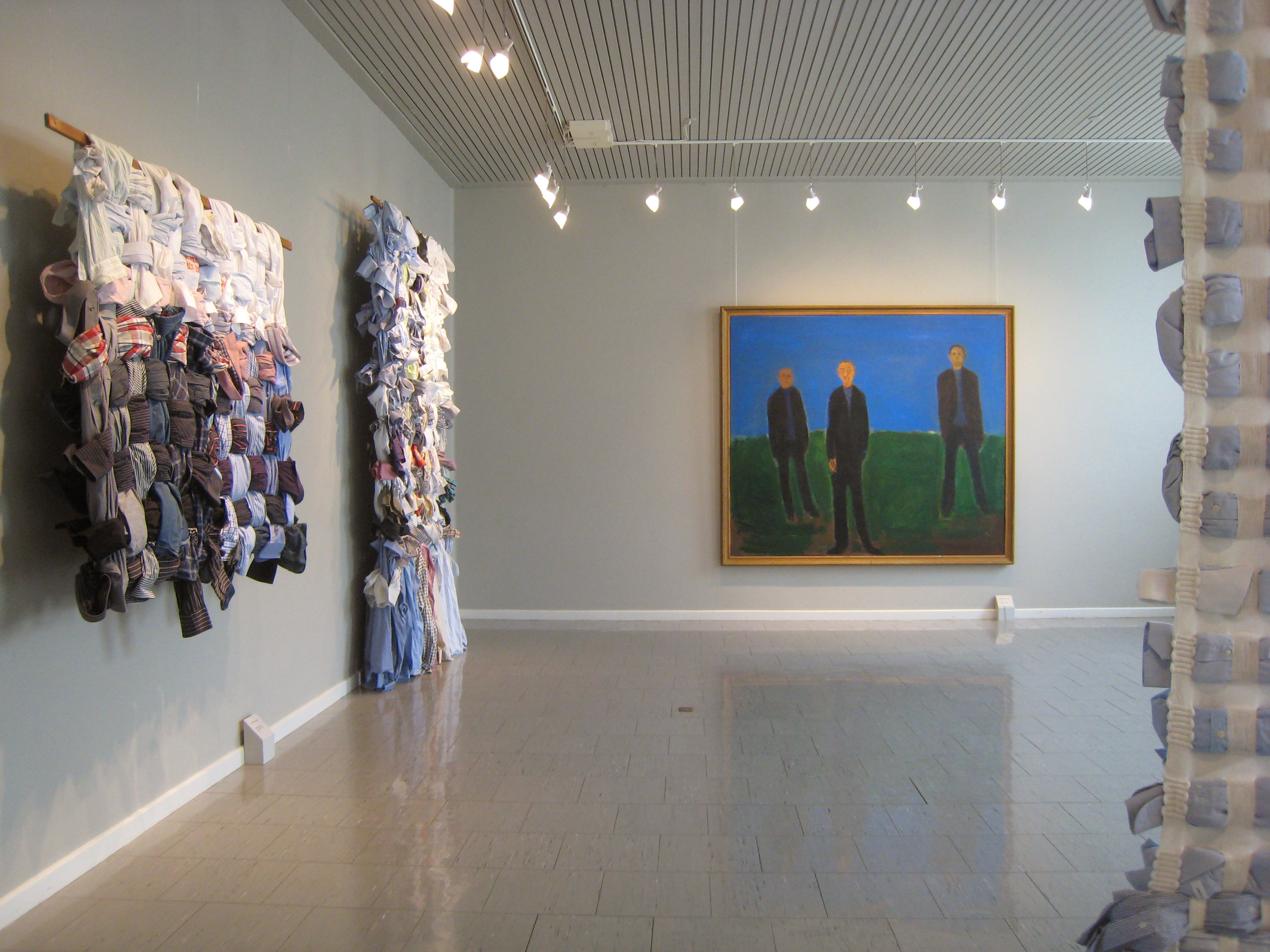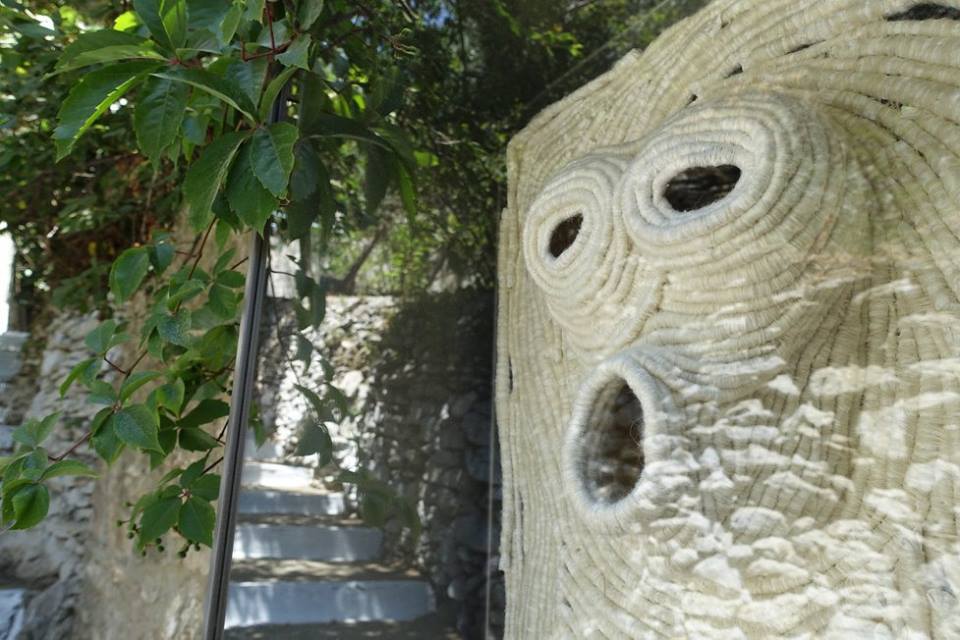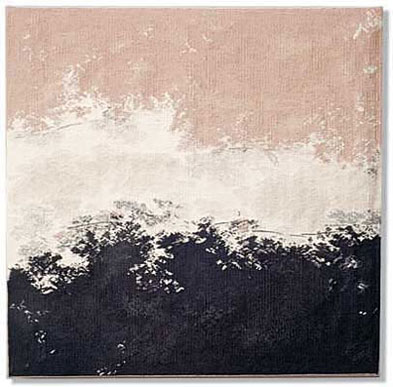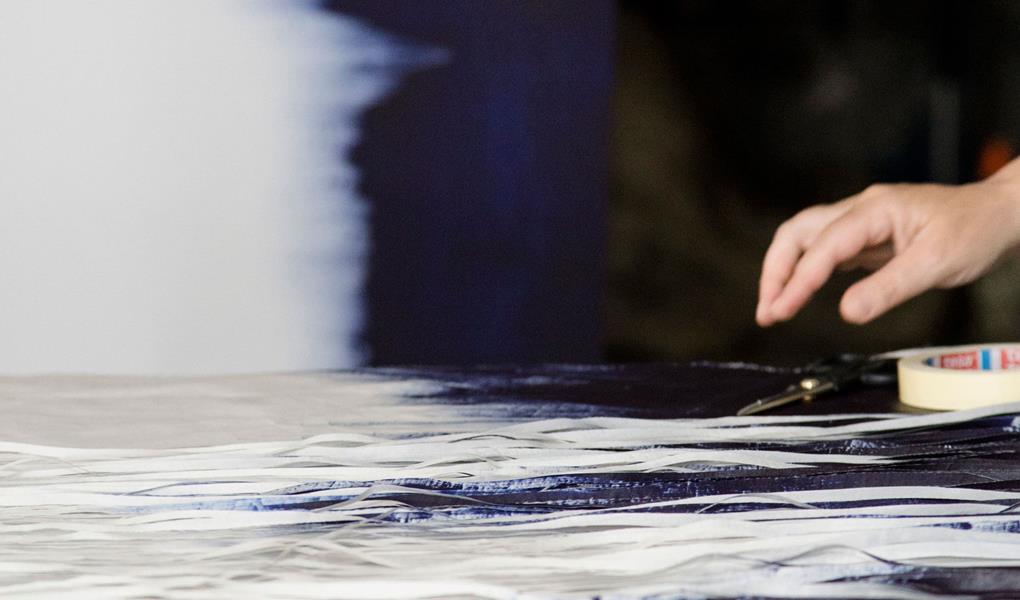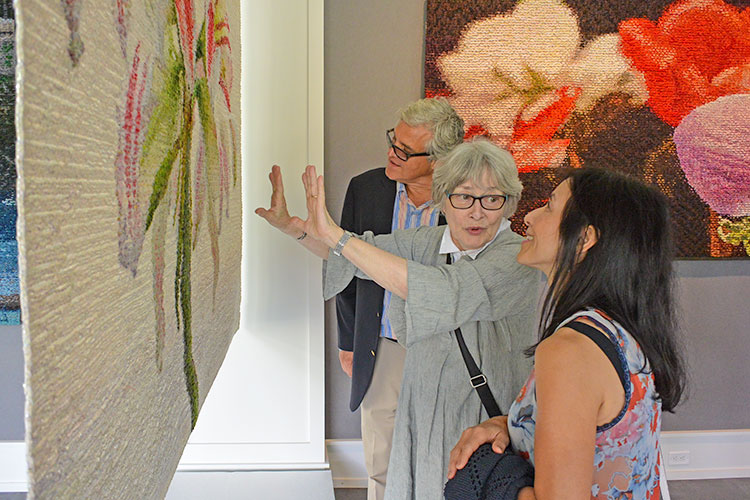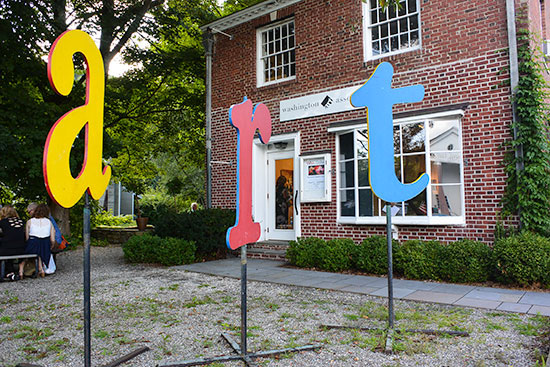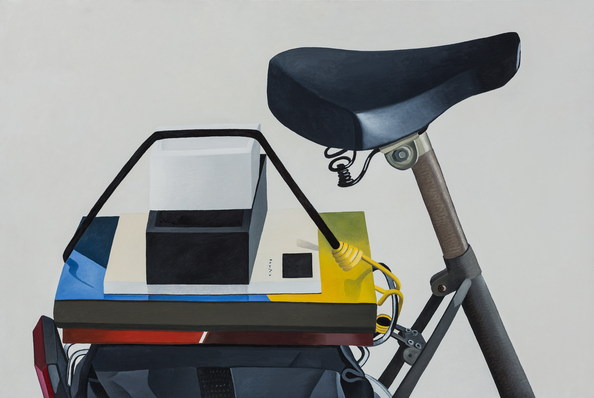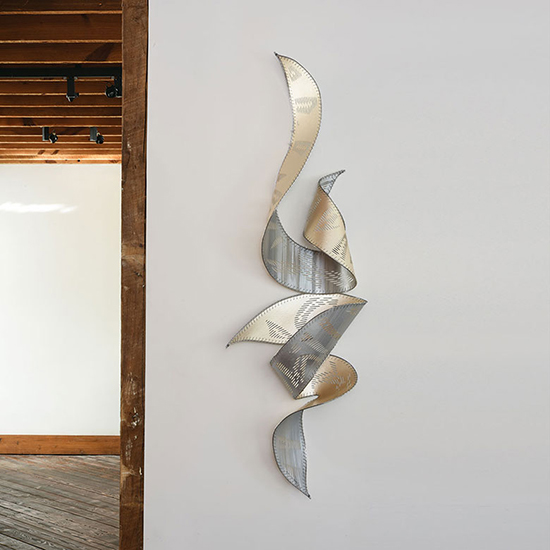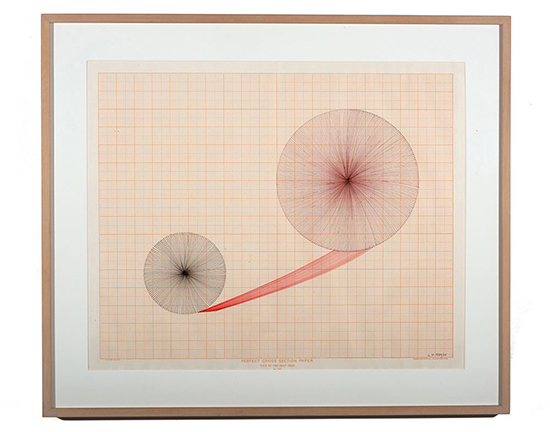Japanese Bamboo Art: The Abbey Collection, is the first show at the Metropolitan Museum of Art in New York to concentrate on basketry, it features works of Japanese bamboo art dating from the late 19th century to the present—the period when basketry in Japan became recognized as an art form that transcends “craft.” The exhibition showcases more than 80 bamboo baskets and sculptures created by accomplished artists, including all six masters who have received the designation “Living National Treasure.” It celebrates the promised gift to the Met of more than 70 mostly extraordinary bamboo baskets and sculptures from the New York collectors Diane and Arthur Abbey. The exhibition also includes a site-specific installation, The Gate, by Tanabe Chikuunsai IV, a fourth-generation bamboo artist born in 1973, meandering forms, that Roberta Smith says have “an animated-cartoon energy and snap; they cavort almost wickedly.” “Throughout the exhibition,” Smith continues. ” you will see basketry abstracted, deconstructed and all but exploded in the hands of successive generations of artists.” The exhibition will be open through February 2018 — it is not to be missed.
A number of the artists exhibited by browngrotta arts have frequently worked with bamboo. Jiro Yonezawa , awarded the Lloyd Cotsen Bamboo Prize in 2006, is a master — creating vessels, seductive objects and human-size sculptures.
” a compendium of information that is not likely to be soon duplicated.” She is also the creator of works that combine bamboo and waxed linen. “I met Tanabe-san on the first tour,” Bess writes. “He is a lovely young man.” The entry piece in Japanese Bamboo Art: The Abbey Collection is “ spectacular” in Bess’s view. The artist/author met Yamagishi-san who provided the Tiger Bamboo in the Met exhibition and from which The Gate is made, when she was researching the book. “Interestingly,” Bess writes, “if you take a rhizome of his tosatorafudake (tiger bamboo from Tosa, had to show off a bit) and plant it anywhere else, the skin does not develop the distinctive tiger markings!”
The exhibition will be open through February 2018 — it is not to be missed. For more information on the show click here. The show’s catalog is available in The Met’s online store here.

